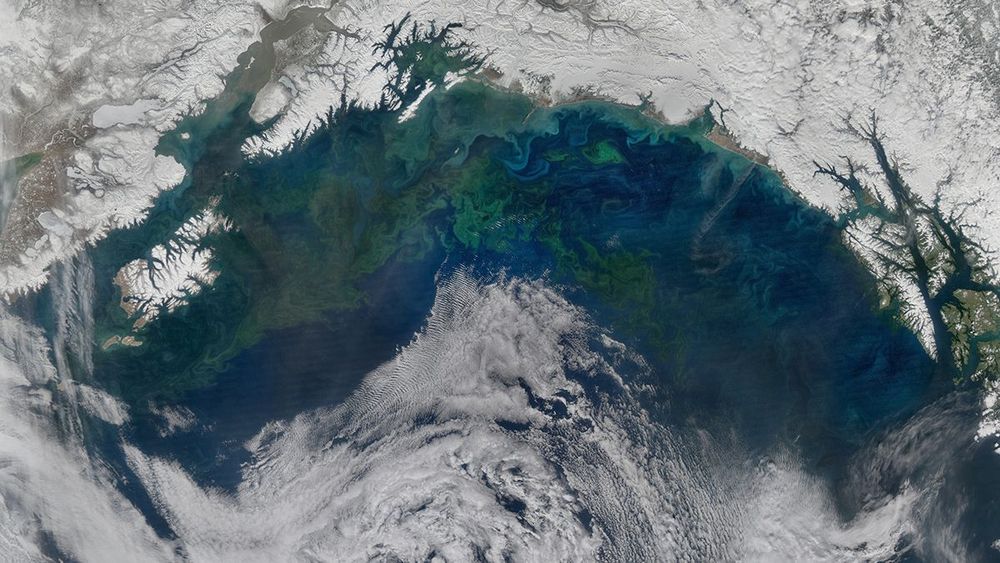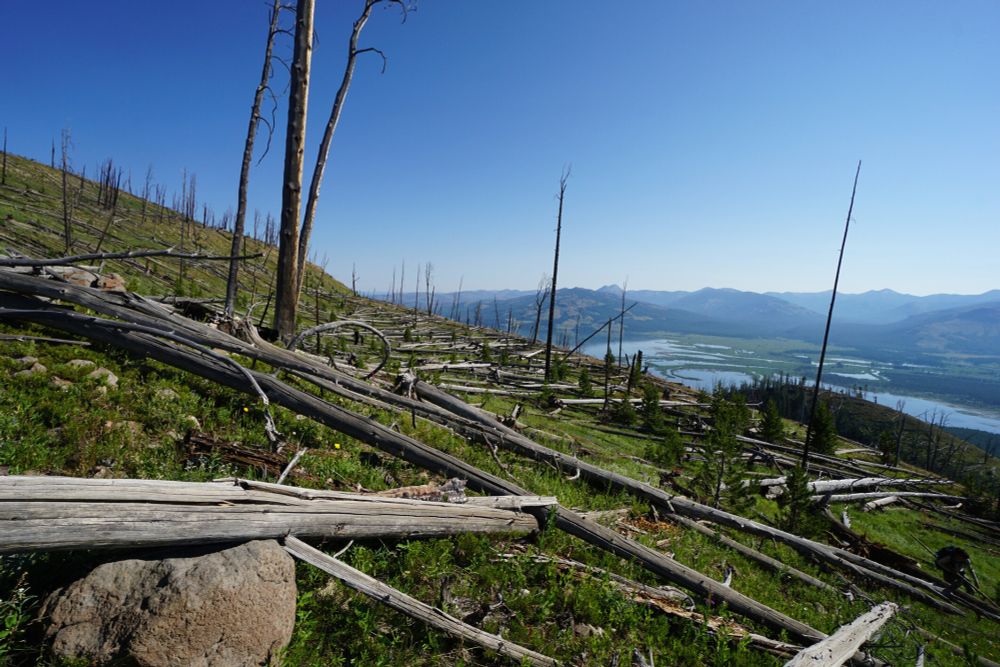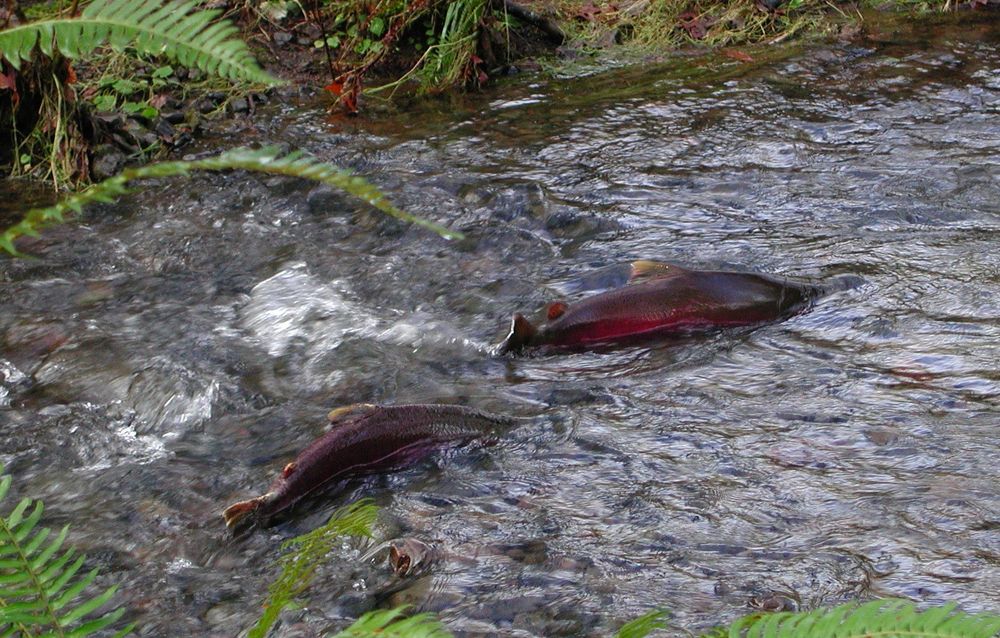Mark Ranger
@markr4nger.bsky.social
120 followers
200 following
35 posts
Park ranger turned environmental journalist.
markdegraff.com
Posts
Media
Videos
Starter Packs
Mark Ranger
@markr4nger.bsky.social
· Aug 20
Mark Ranger
@markr4nger.bsky.social
· Aug 5
Mark Ranger
@markr4nger.bsky.social
· Aug 5
Mark Ranger
@markr4nger.bsky.social
· Aug 5
Mark Ranger
@markr4nger.bsky.social
· Aug 4
Mark Ranger
@markr4nger.bsky.social
· Aug 4
Mark Ranger
@markr4nger.bsky.social
· Feb 16
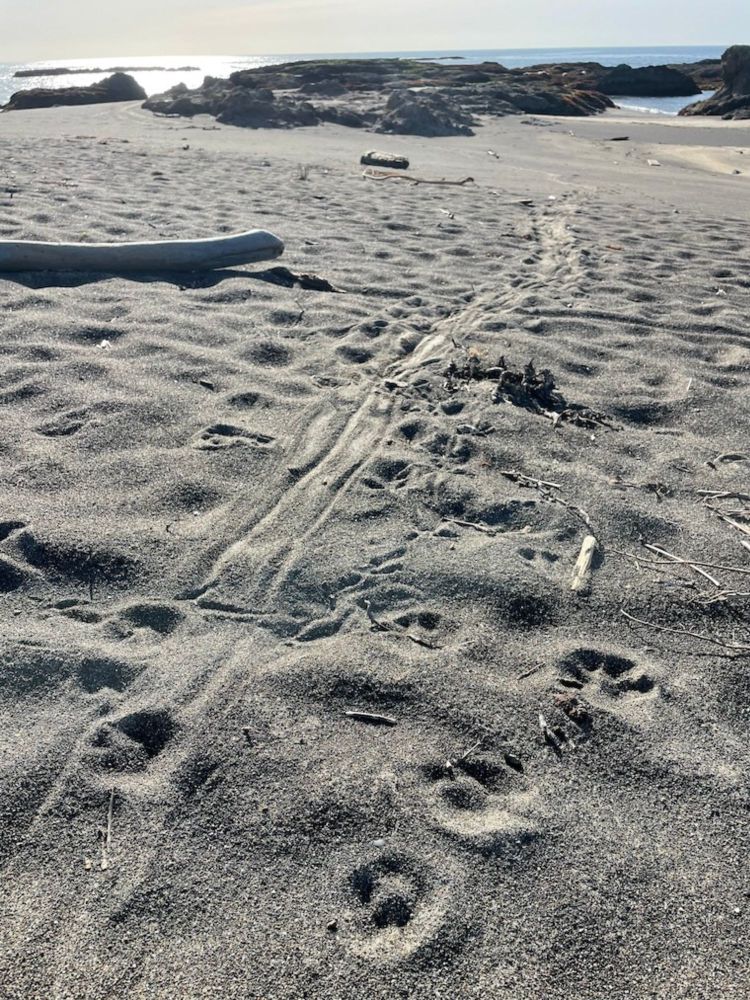
New study documents California coyotes eating harbor seal pups
A paper published on February 12 in the journal Ecology details how the researchers used motion-triggered cameras placed at MacKerricher State Beach on California's North Coast during harbor seal pupp...
news.ucsc.edu
Mark Ranger
@markr4nger.bsky.social
· Jan 11
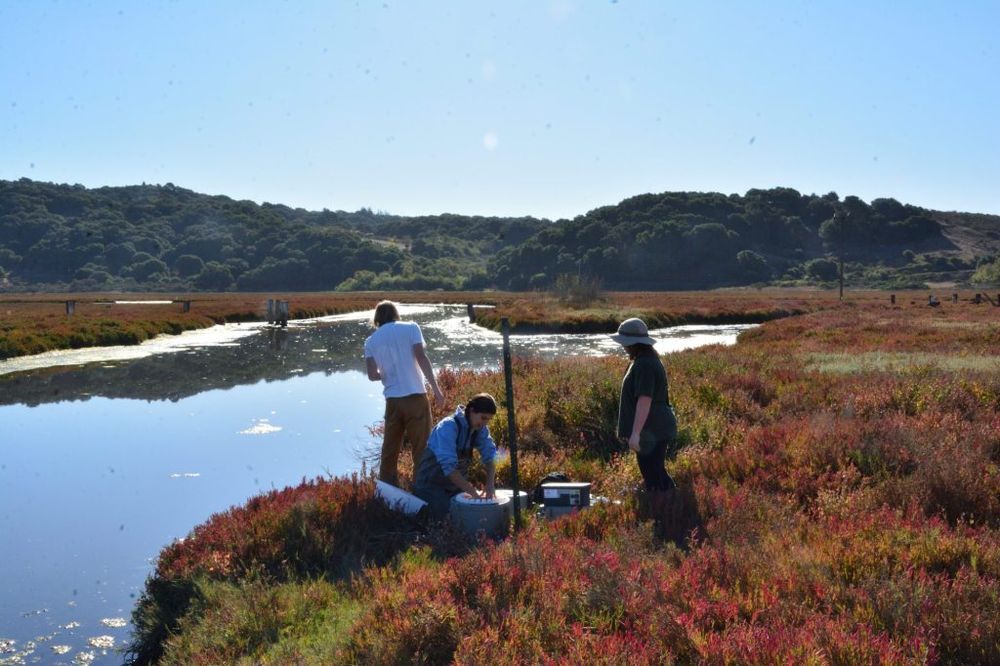
Stuck in the muck: Scientists study carbon trapped by Elkhorn Slough
Salt marshes, which have historically been drained and turned into farms or land ripe for real estate development, are emerging as a powerful tool in the fight against global warming.
www.mercurynews.com
Mark Ranger
@markr4nger.bsky.social
· Jan 9
Mark Ranger
@markr4nger.bsky.social
· Jan 9
Mark Ranger
@markr4nger.bsky.social
· Jan 9
Mark Ranger
@markr4nger.bsky.social
· Jan 7
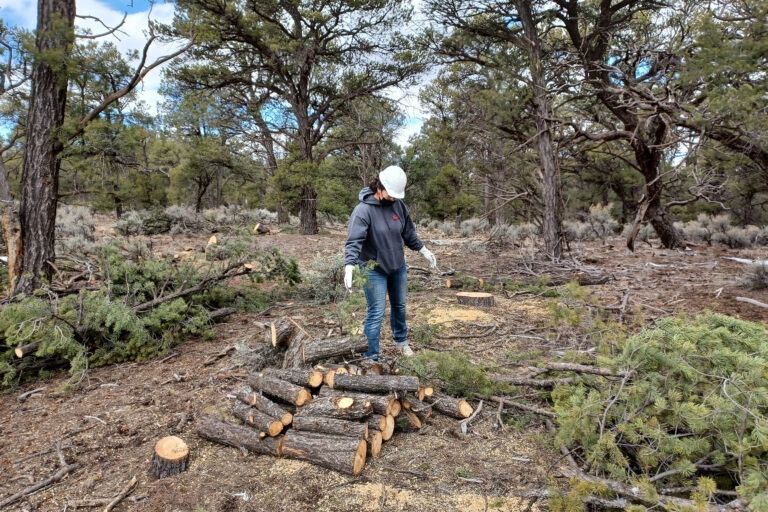
Students and scientists collaborate to maintain Navajo Nation forests
Surviving desert heat, alpine cold, and meager rainfall each year, two-needle pinyon pines (Pinus edulis) are the backbone of many forests in the southwestern United States. Their stout branches offer...
news.mongabay.com







